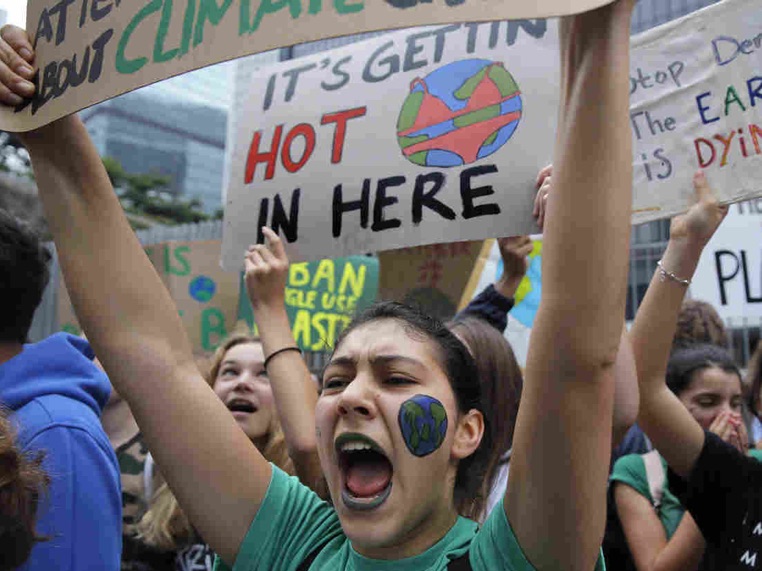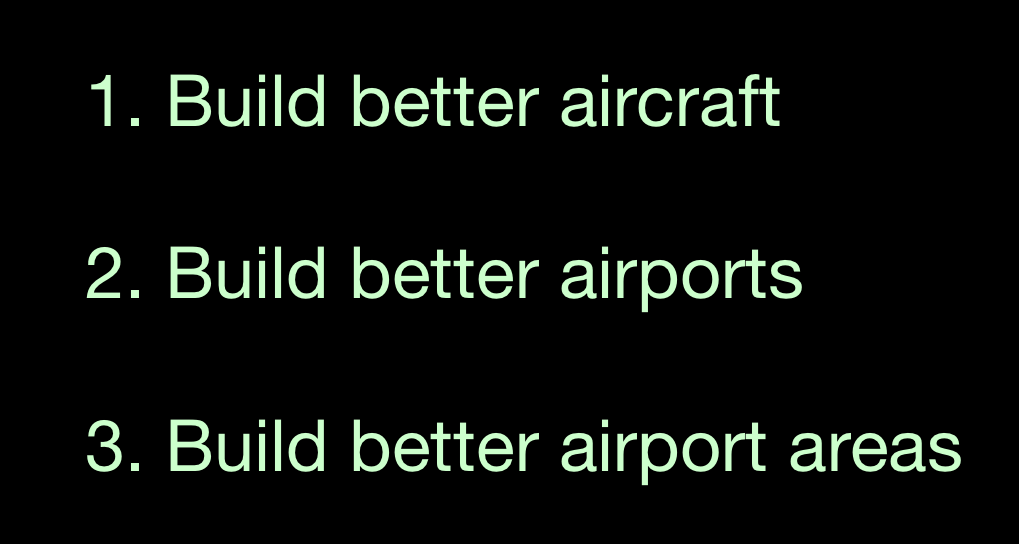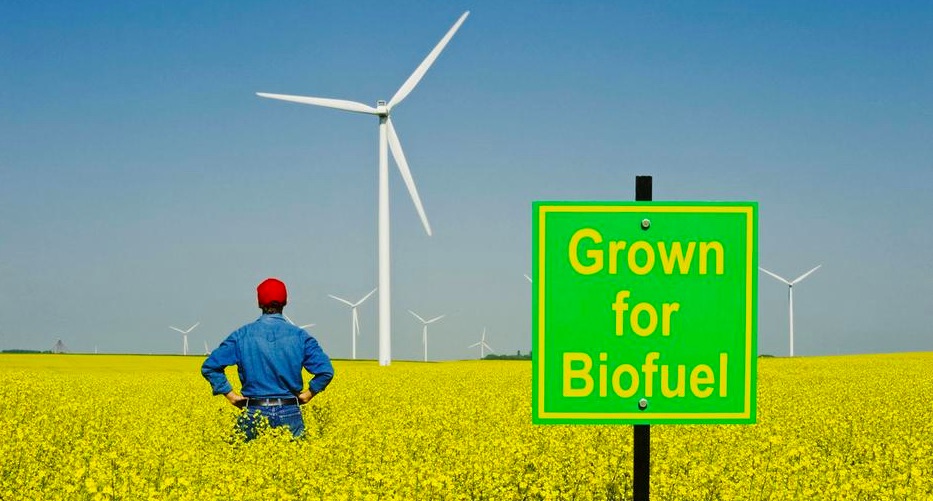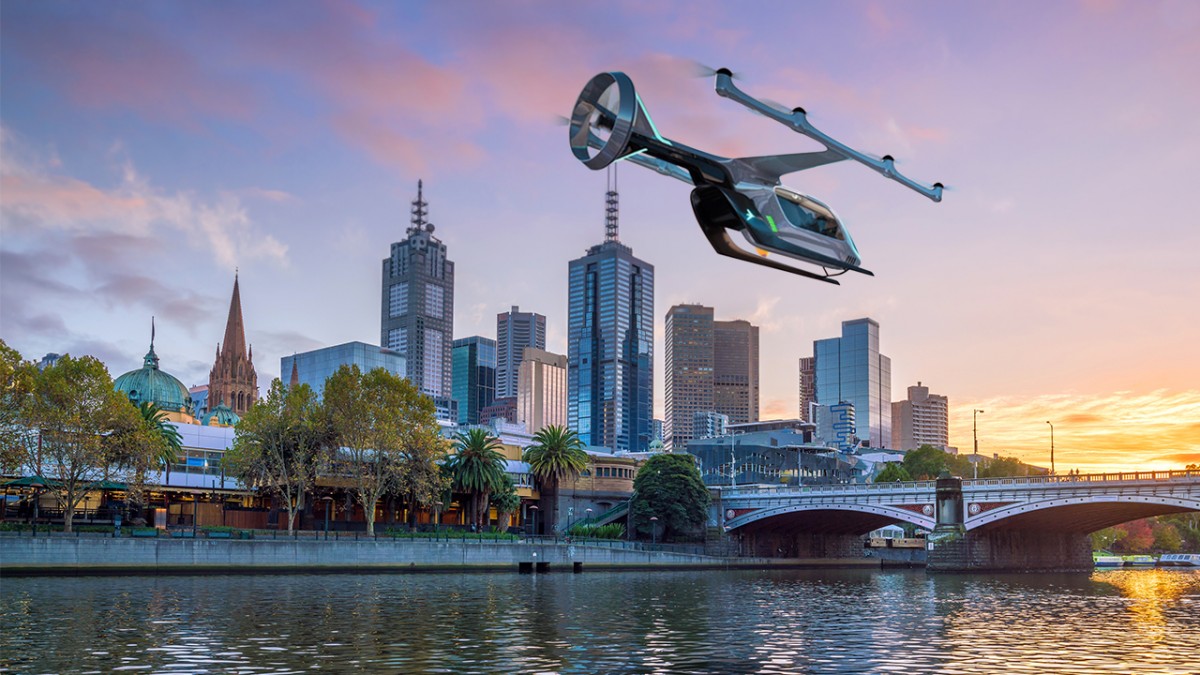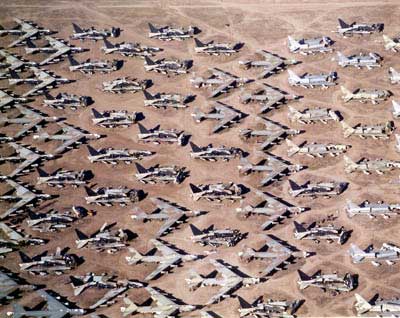Personally, I don’t think the flight shaming debate is very productive. Our society fundamentally depends on air travel for many things that we take for granted: how we work, what we consume, how we spend our free time, and—most importantly—how we keep in touch with our loved ones who live far away. Demands for an end to flying aren’t realistic, given the scale of the environmental challenges that we face.
Instead, let's change the conversation, and focus on the concrete steps that we need to take to decarbonize the aviation industry.
One option is to simply make flying more expensive by imposing new taxes on aviation. But there are three big problems with that approach. First, unless we apply a blanket global tax, making flying more costly in some countries will just displace traffic to cheaper jurisdictions. Second, if we raise the price of tickets, we’ll basically be dialing back the democratization of air travel that took place over the last 30 years. Aviation will once again become a luxury for the rich, as poorer people are excluded from the flying public. At a moment when populism is on the rise around the world, that would have disastrous political consequences.
And finally, taxes alone won’t work unless we pinpoint exactly how that money will be spent. Moving forward, the key challenge is to find an approach that’s not just environmentally sustainable, but also socially and economically sustainable. What are the opportunities to do so? And what are the barriers?
We can break those opportunities down into three categories:

